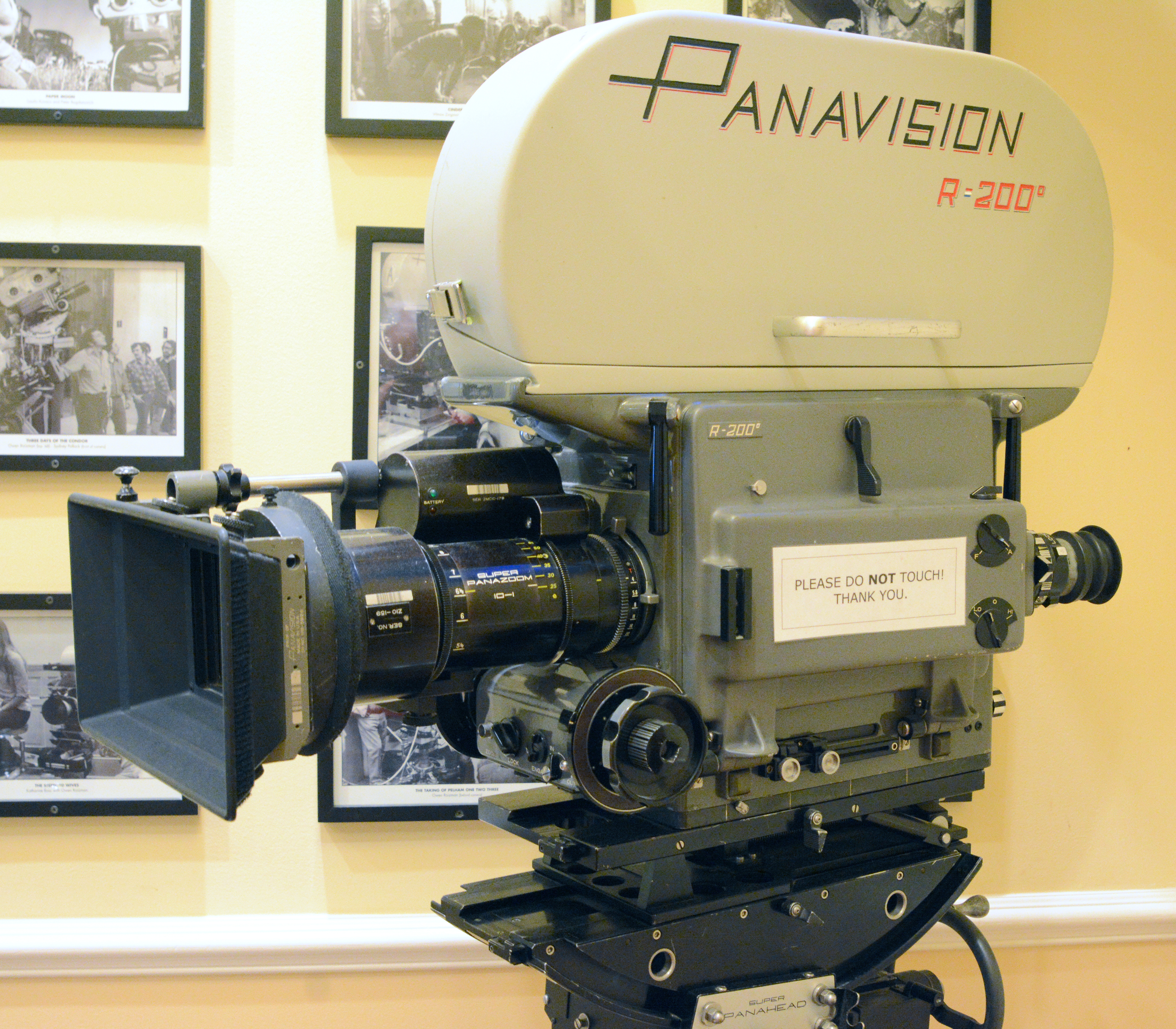Robert Gottschalk on:
[Wikipedia]
[Google]
[Amazon]
Robert Gottschalk (March 12, 1918 – June 3, 1982) was an American camera technician, inventor, and co-founder of Panavision.
 He bought an interest in a camera shop in Westwood area of
He bought an interest in a camera shop in Westwood area of
Early life
Born to Gustav and Anna Gottschalk in Chicago, Illinois. His father was an architect who built several hotels in the city. Gustav's success left the family well-off financially and influenced Gottschalk's interest in film. In 1939, Gottschalk graduated with a degree in theater and arts from Carleton College inMinnesota
Minnesota ( ) is a U.S. state, state in the Upper Midwestern region of the United States. It is bordered by the Canadian provinces of Manitoba and Ontario to the north and east and by the U.S. states of Wisconsin to the east, Iowa to the so ...
. He then moved to California
California () is a U.S. state, state in the Western United States that lies on the West Coast of the United States, Pacific Coast. It borders Oregon to the north, Nevada and Arizona to the east, and shares Mexico–United States border, an ...
to open a camera shop with a long-term goal of becoming a filmmaker.
Panavision
Los Angeles
Los Angeles, often referred to by its initials L.A., is the List of municipalities in California, most populous city in the U.S. state of California, and the commercial, Financial District, Los Angeles, financial, and Culture of Los Angeles, ...
where he would later hire Richard Moore as a clerk.
In 1951, at the request of the U.S. Aqua-Lung distributor, Gottschalk began working on developing an underwater camera. This would lead to Gottschalk's first purchase of two anamorphic lens attachments made by the C. P. Goerz Company.
Equipment restrictions at the time made wide-angle filming difficult. Gottschalk and Moore would set up a makeshift workshop on the balcony of the store, and began designing, modifying, and experimenting with anamorphic lens equipment patented by Henri Chrétien
Henri Jacques Chrétien (; 1 February 1879, Paris – 6 February 1956, Washington, D.C.) was a French astronomer and an inventor.
Born in Paris, France, his most famous inventions are:
* the anamorphic widescreen process, using an anamorphic ...
. In 1953, the CinemaScope process, based on Chrétien's patents, was purchased and named by 20th Century Studios.
While the camera lenses were now available, the process required projection lenses as well. Gottschalk teamed up with several colleagues and began offering projection lenses under the name Panavision, which used prismatic rather than cylindrical optics. This led to a successful expansion into lenses for cameras, which are still widely used.Bijl, Adriaan. ''The Importance of Panavision'': "The Invention Phase". Reprinted by permission in ''The 70mm Newsletter''. March 2002. URL:http://www.in70mm.com/newsletter/2002/67/panavision/pages/invention.htm . Accessed: 2011-10-02. (Archived by WebCite® at)
Awards and achievements
Gottschalk was a two-time Academy Award winner. His first was a Special Technical Oscar, awarded in 1960, for the development of the MGM Camera 65 wide-screen photographic system. He shared the Oscar with MGM executive Douglas Shearer and Panavision co-founder Richard Moore. He also received an Academy Award of Merit in 1978 for developing the Panaflex camera. Under Gottschalk's leadership and enginuity, Panavision received eleven Academy Scientific and Technical Awards from 1958 to 1978. The first was bestowed at the 31st Academy Awards, for the development of the ''Auto Panatar'' anamorphic lens, with Gottschalk accepting on behalf of the company. From 1977 to his death, Gottschalk received 14 patents for his lenses and other camera equipment, including body-mounted support apparatuses, vibration dampeners, and camera harnesses. Six additional patents would be granted after his death, the last coming in May 1986. All but three of his inventions are assigned to Panavision.Death
On June 3, 1982 at 9 a.m., police received a phone call from Gottschalk's partner of 2 years, Laos "Ronnie" Chuman. Police would find Gottschalk's badly beaten body sprawled out in the master bedroom of his Bel-Air mansion. Chuman, after making conflicting statements during police questioning, admitted to the killing but claimed self-defense, alleging that hehuman
Humans (''Homo sapiens'') or modern humans are the most common and widespread species of primate, and the last surviving species of the genus ''Homo''. They are Hominidae, great apes characterized by their Prehistory of nakedness and clothing ...
was trying to end the relationship against Gottschalk's wishes when the fight broke out. The LA coroner would later testify in pre-trial hearings that Gottschalk suffered at least five blows to the head and 19 stab wounds to the back and chest, while Chuman had only a bruised hand.
Chuman was ordered to stand trial in November 1982, and was convicted of murder in July 1983. He was sentenced to 26 years to life in prison. During sentencing, Judge Laurence J. Rittenband of the Santa Monica Superior Court noted Gottschalk had "signed his own death warrant" after discovery was made that his will
Will may refer to:
Common meanings
* Will and testament, instructions for the disposition of one's property after death
* Will (philosophy), or willpower
* Will (sociology)
* Will, volition (psychology)
* Will, a modal verb - see Shall and will
...
had been amended 3 weeks prior to his death, leaving 10% of his estate to Chuman.
References
{{DEFAULTSORT:Gottschalk, Robert 1918 births 1982 deaths 1982 murders in the United States Burials at Westwood Village Memorial Park Cemetery Carleton College alumni Deaths by stabbing in California LGBTQ people from Illinois People murdered in Los Angeles American murder victims United States Commissioners of Patents Panavision 20th-century American inventors Deaths from bleeding Violence against LGBTQ people in the United States 20th-century American LGBTQ people